ECONOMY
Multiple strategies must defuse the time bomb ticking in personal loans segment
- IBJ Bureau
- Jan 31, 2024
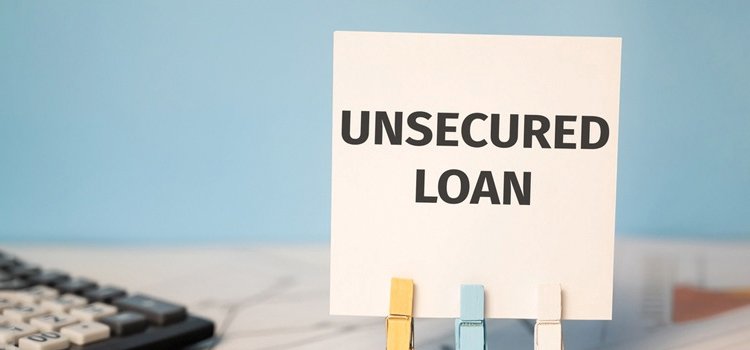
A time bomb of bad loans was ticking rather alarmingly in the unsecured personal loan segment. Such loans grew at breakneck annual rate of 18.69 per cent from Rs 7.4 lakh crore in FY19 to Rs 16.01 lakh crore as of September 2023 (H1 of FY24). In an equally alarming pace, scheduled commercial banks’ lending to non-banking financial companies (NBFCs) surged annually by 21 per cent from Rs 5 lakh crore to Rs 14.2 lakh crore during the same period.
Amid this surge, the Reserve Bank of India’s (RBI) Financial Stability Report of last November confirmed the worst fears of a rapid build-up of a bubble in the personal loan segment. The report revealed that a very high 42.70 per cent of customers, who had taken a consumer loan, already had three live loans at the time of origination. Moreover, a good 30.40 per cent of borrowers had taken more than three loans in the last six months.
The central bank was clearly uncomfortable with the rapid pace at which consumer assets were being built up. So, last November, the RBI finally cracked the whip. Risk weights on banks’ unsecured personal loans and consumer durable loans were increased from 100 to 125 per cent. Risk weights on credit cards were jacked up from 125 to 150 per cent. Risk weights on NBFCs’ unsecured personal loans, consumer durables loans and credit cards were also raised from 100 to 125 per cent. And risk weights on loans by banks to NBFCs were hiked by 25 per cent if they were below 100 per cent. All these measures, in effect, will result in loans getting costlier.
Many factors are responsible for the unprecedented growth of unsecured borrowing in India. A part of it may be attributed to rise in consumerism. However, no specific attempts have been made to fathom the reasons behind growth in household net financial savings plunging to their lowest rate in 47 years. The government, many of its agencies and quite a lot of analysts have been pushing forth the idea of financialisation of savings. In other words, they point out that a large number of Indians has been moving their money from savings to investments.
But rising stress in the household sector – which is evident in slowing demand for consumer goods, a fall in wages and incomes in rural areas and many other parameters – tells a different story. Moreover, a cumulative ecosystem of rise in e-commerce and fintech startups is fuelling an unprecedentedly-high and risky level of borrowings by mid- and low-income consumers and smaller businesses.
There is another factor that is directly linked to macroeconomy. During the past nine years, credit growth of large industry and infrastructure sectors has been quite tepid at around 2 per cent. On the other hand, these nine years have witnessed runaway double-digit growth of unsecured loans. Banks and NBFCs are naturally tilting towards this risky segment to push their credit offtake.
The central bank’s measures are apt and timely. But the RBI has its limitations. The government, in the meanwhile, is well equipped to tackle this issue from various angles. Firstly, a proper study on household incomes, savings and investments is the need of the hour. There should be no room for any speculative, rosy narratives. Instead, hard facts must decide whether households are financialising their savings or they are in deep distress and hence unable to save. Besides, the much-needed policy shift in favour of the farm sector and rural India must happen soon. The ticking time bomb in the small-ticket loans segment certainly needs to be defused through multi-pronged strategies.


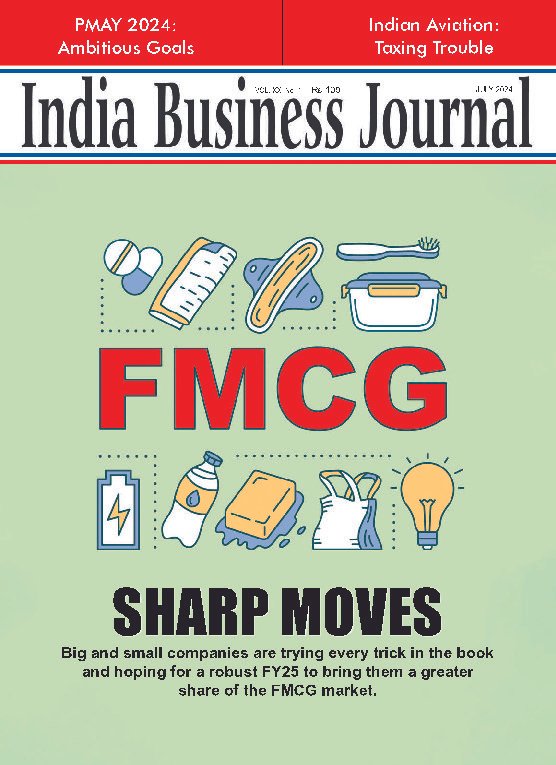

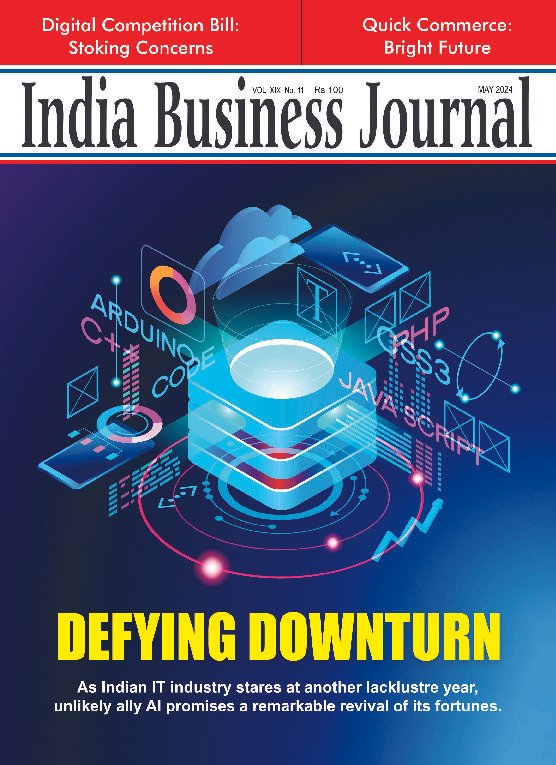

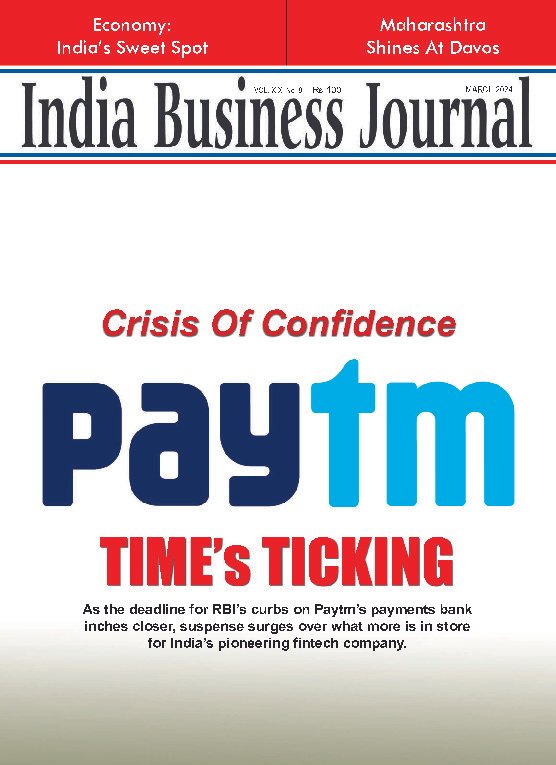









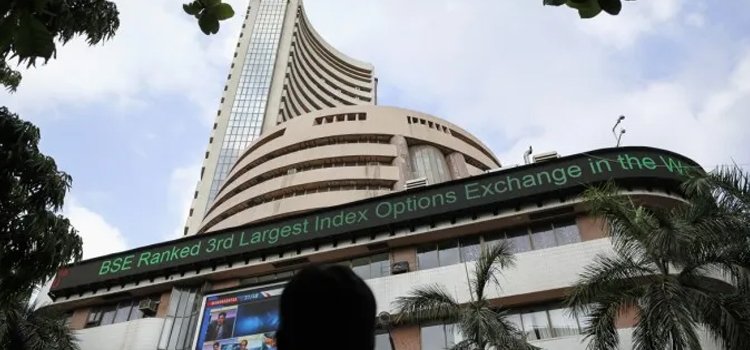
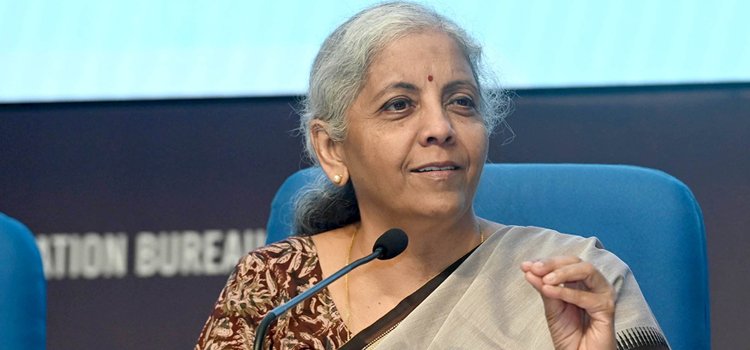



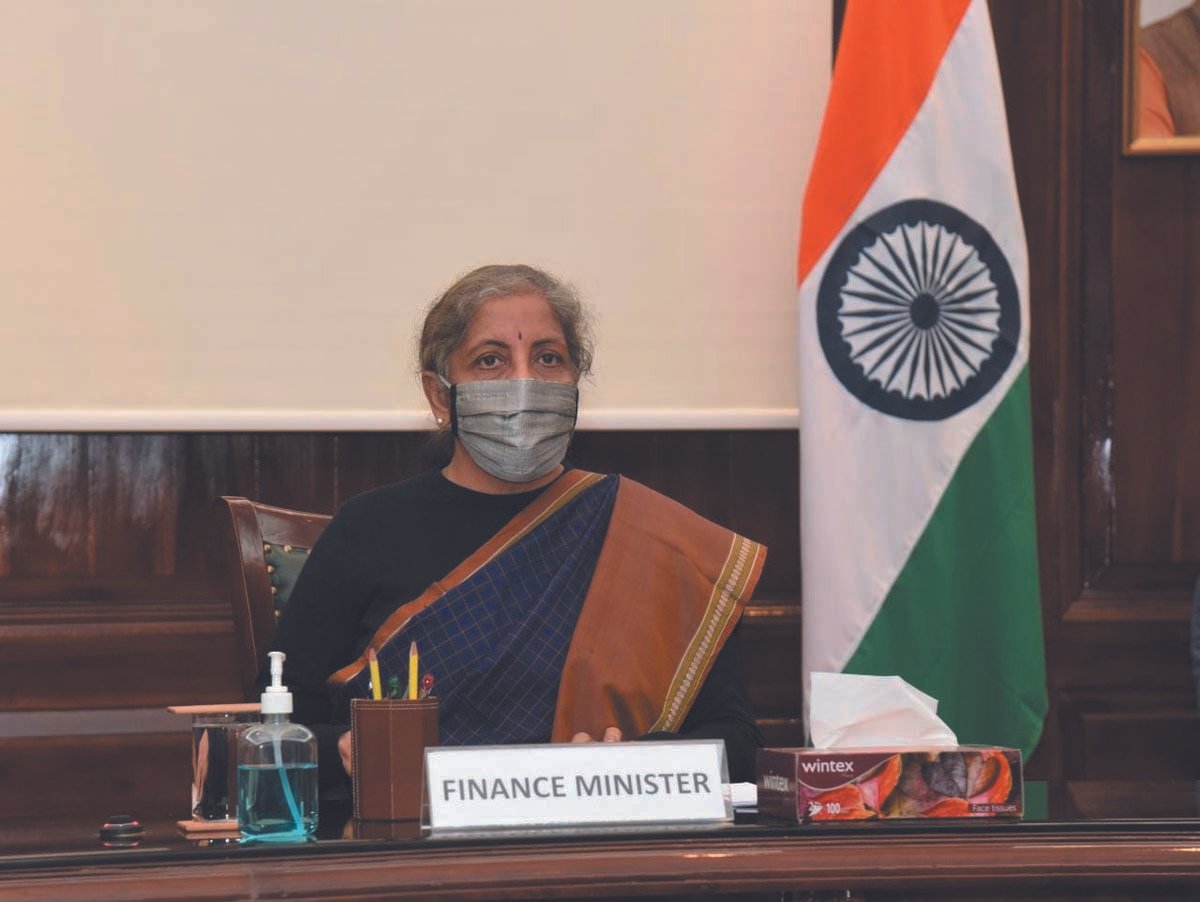


Report By
View Reporter News